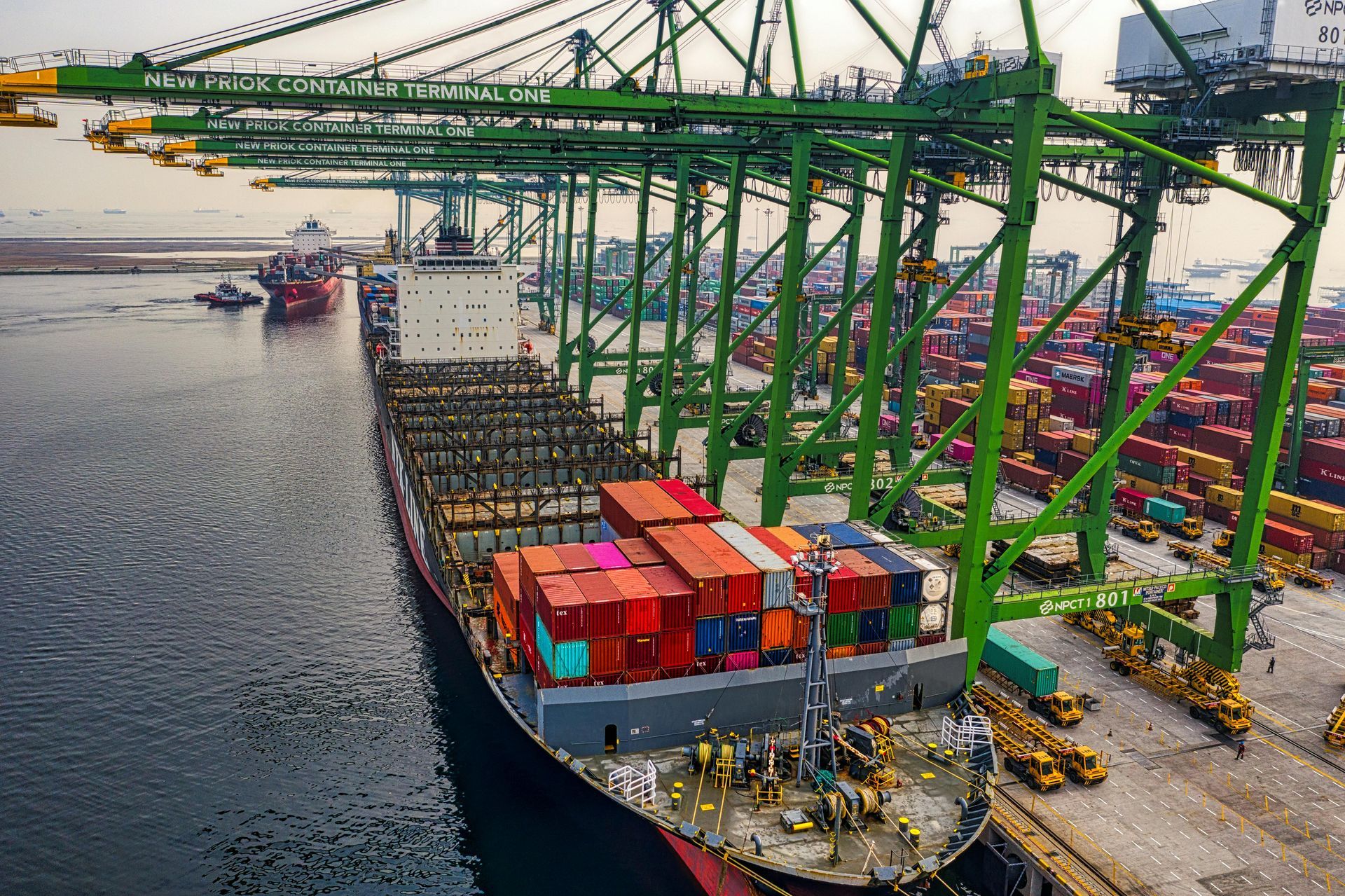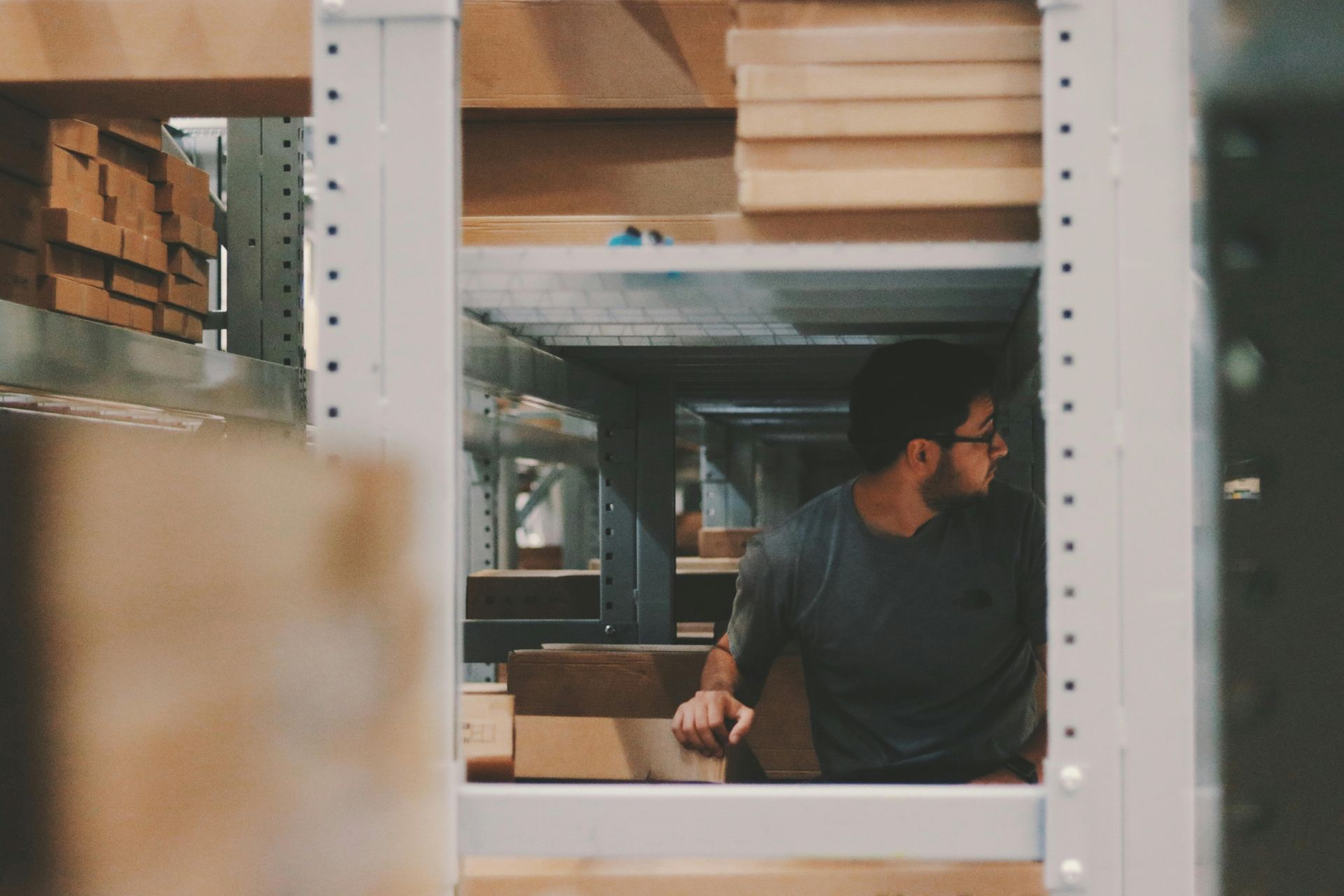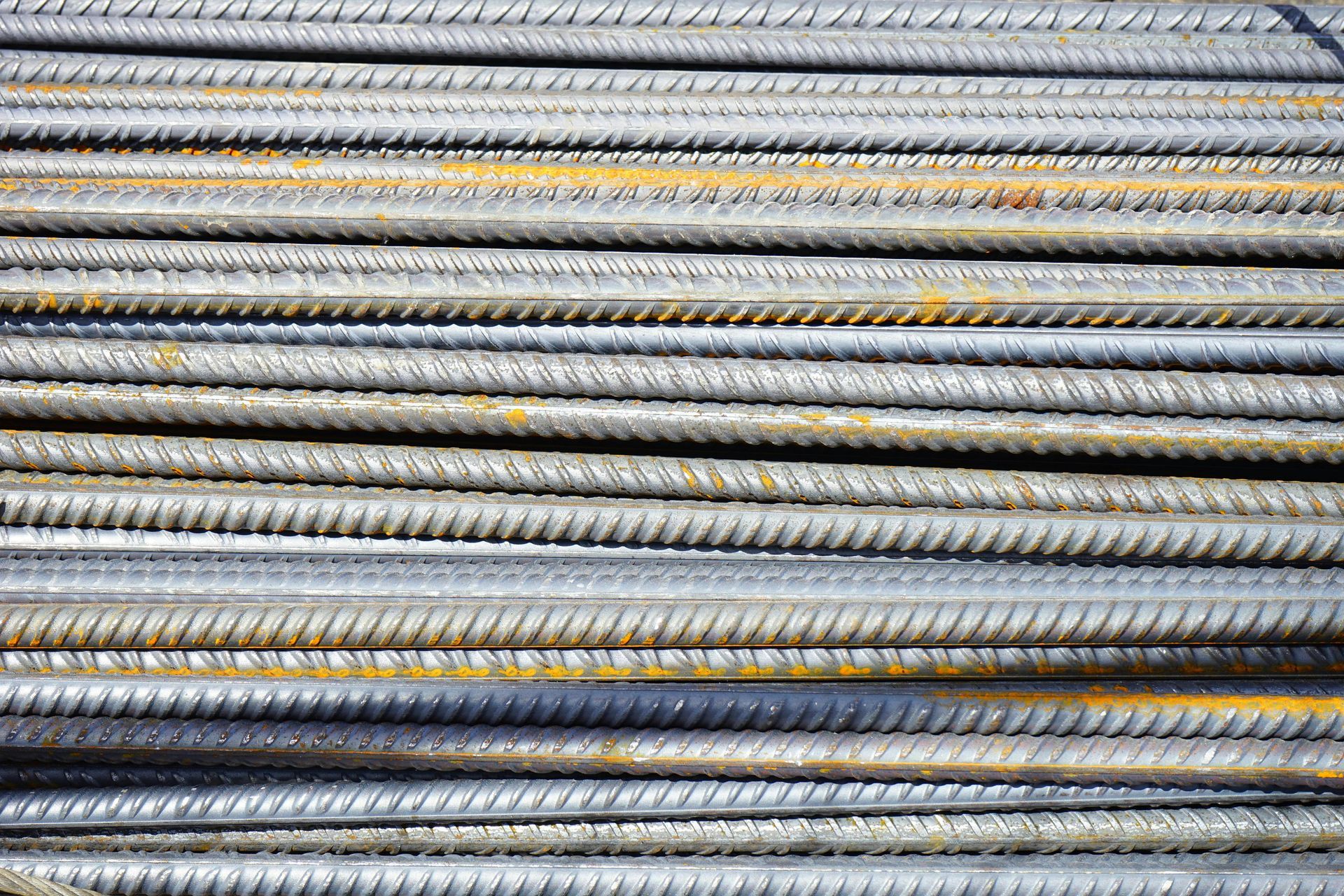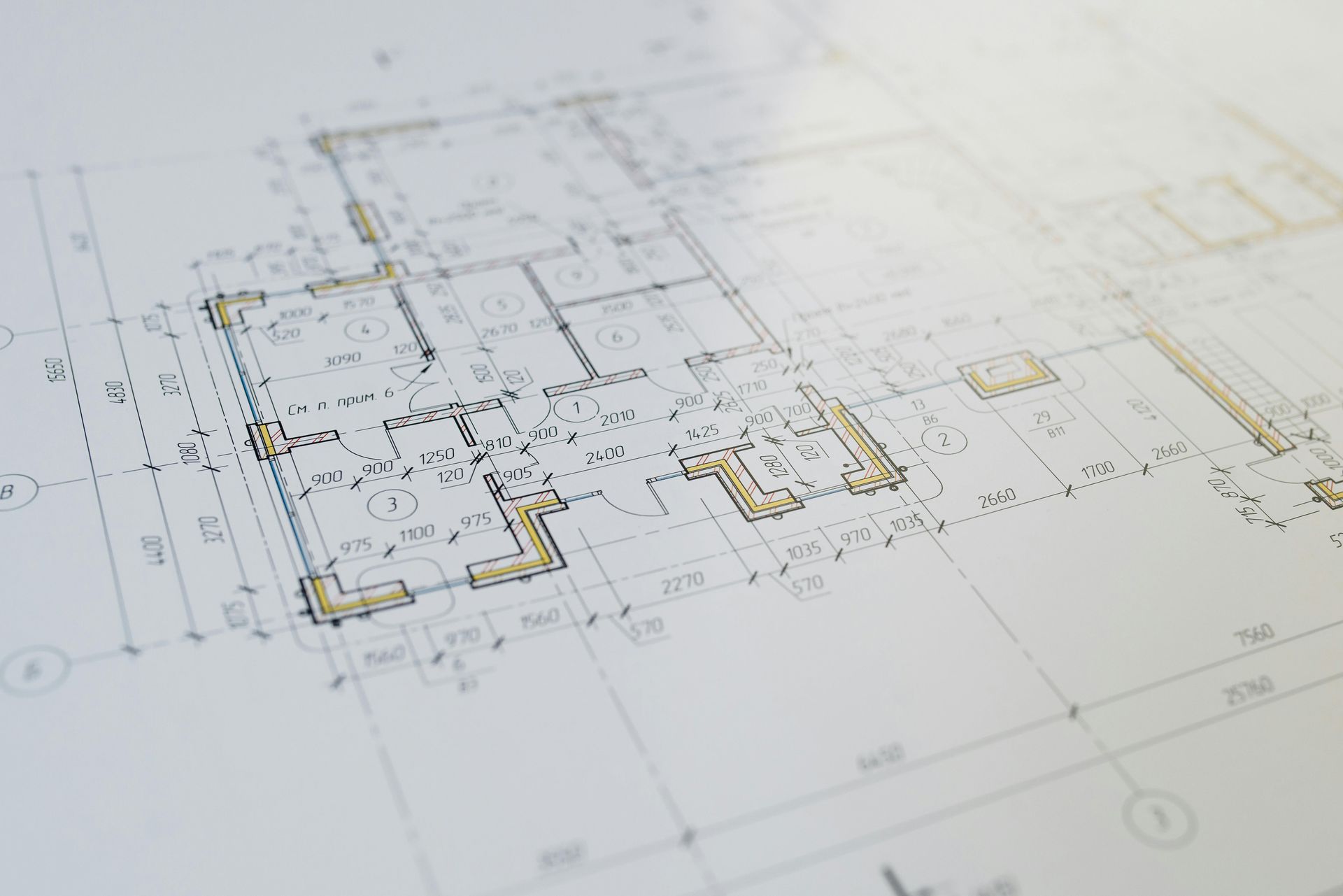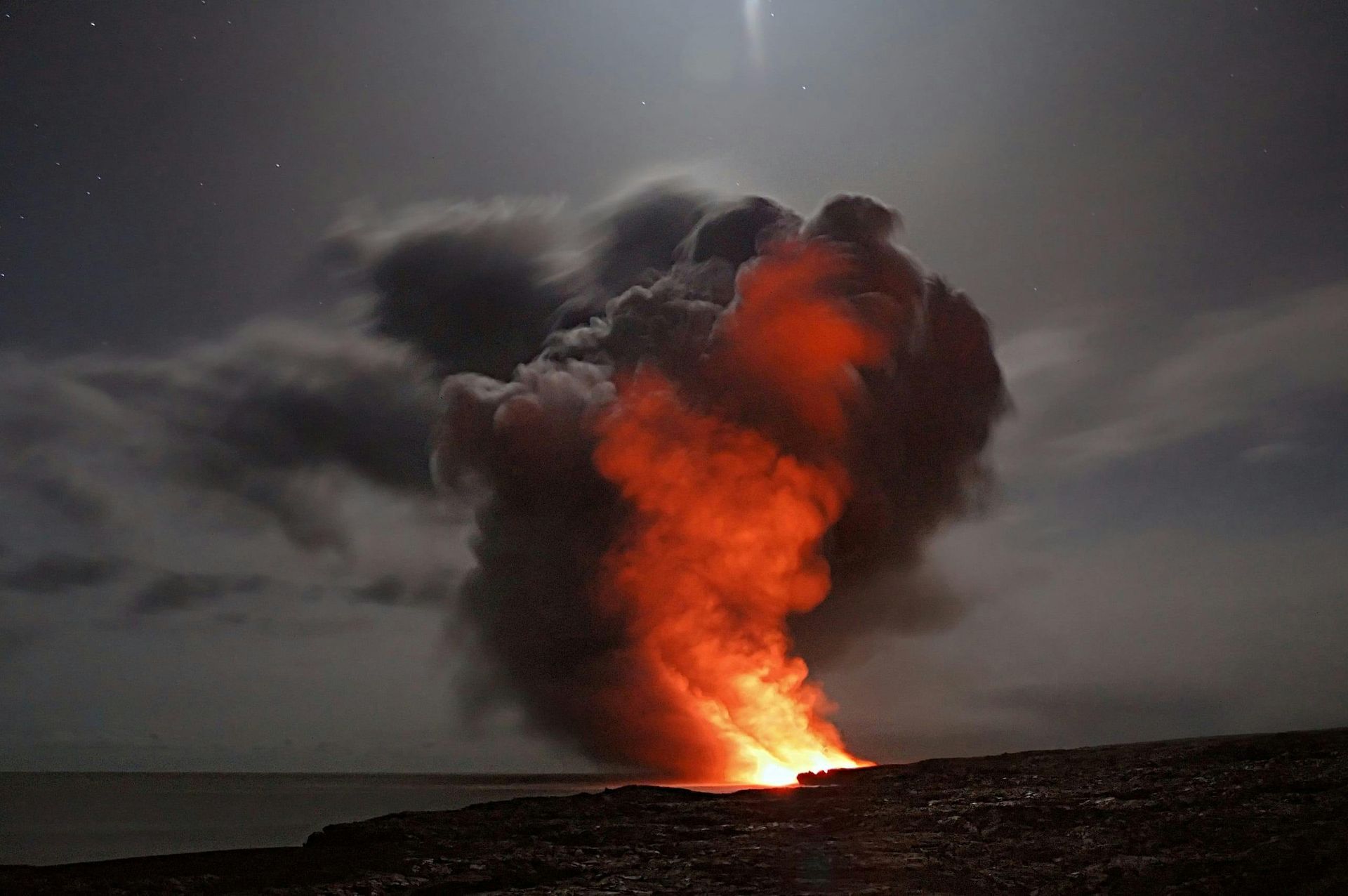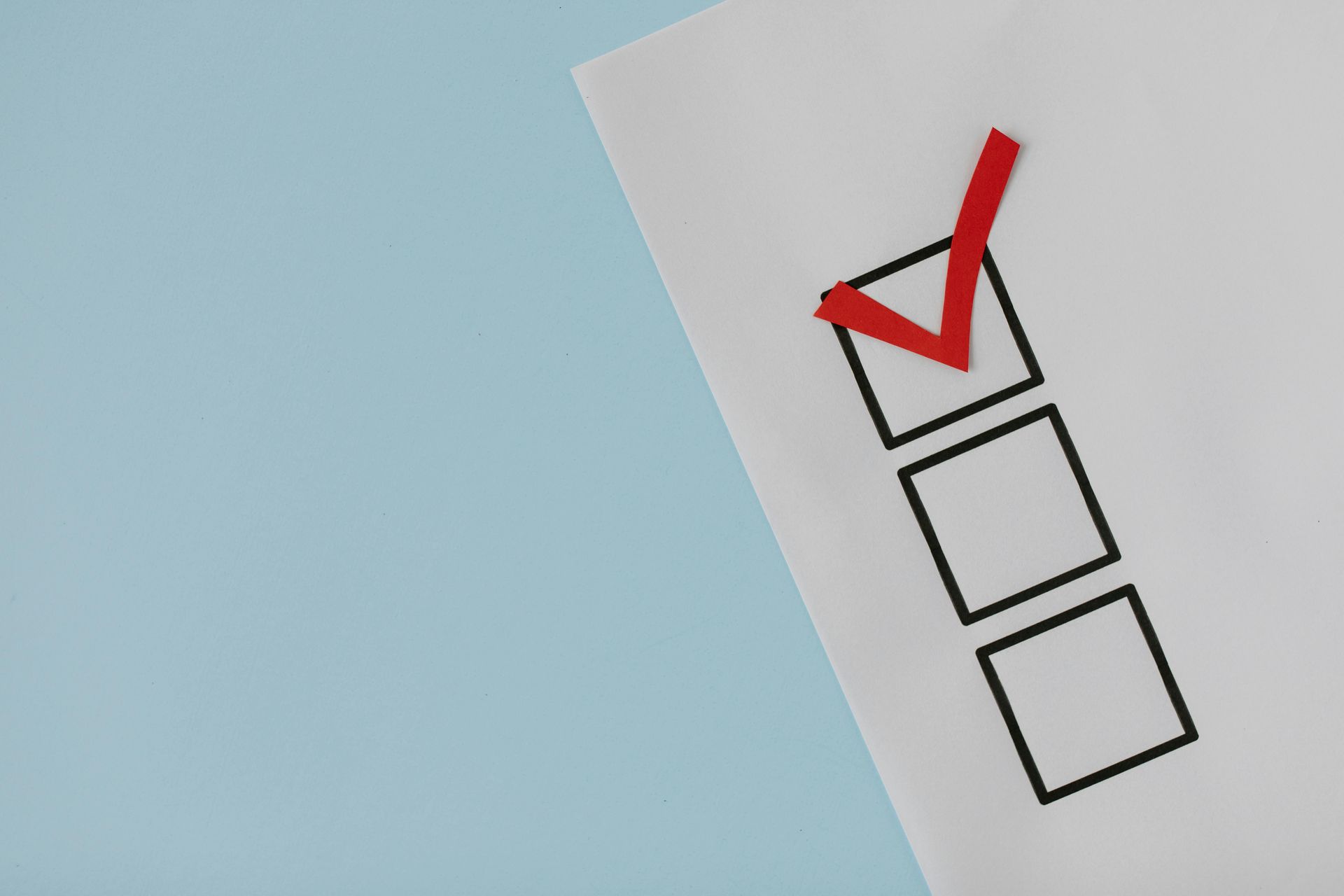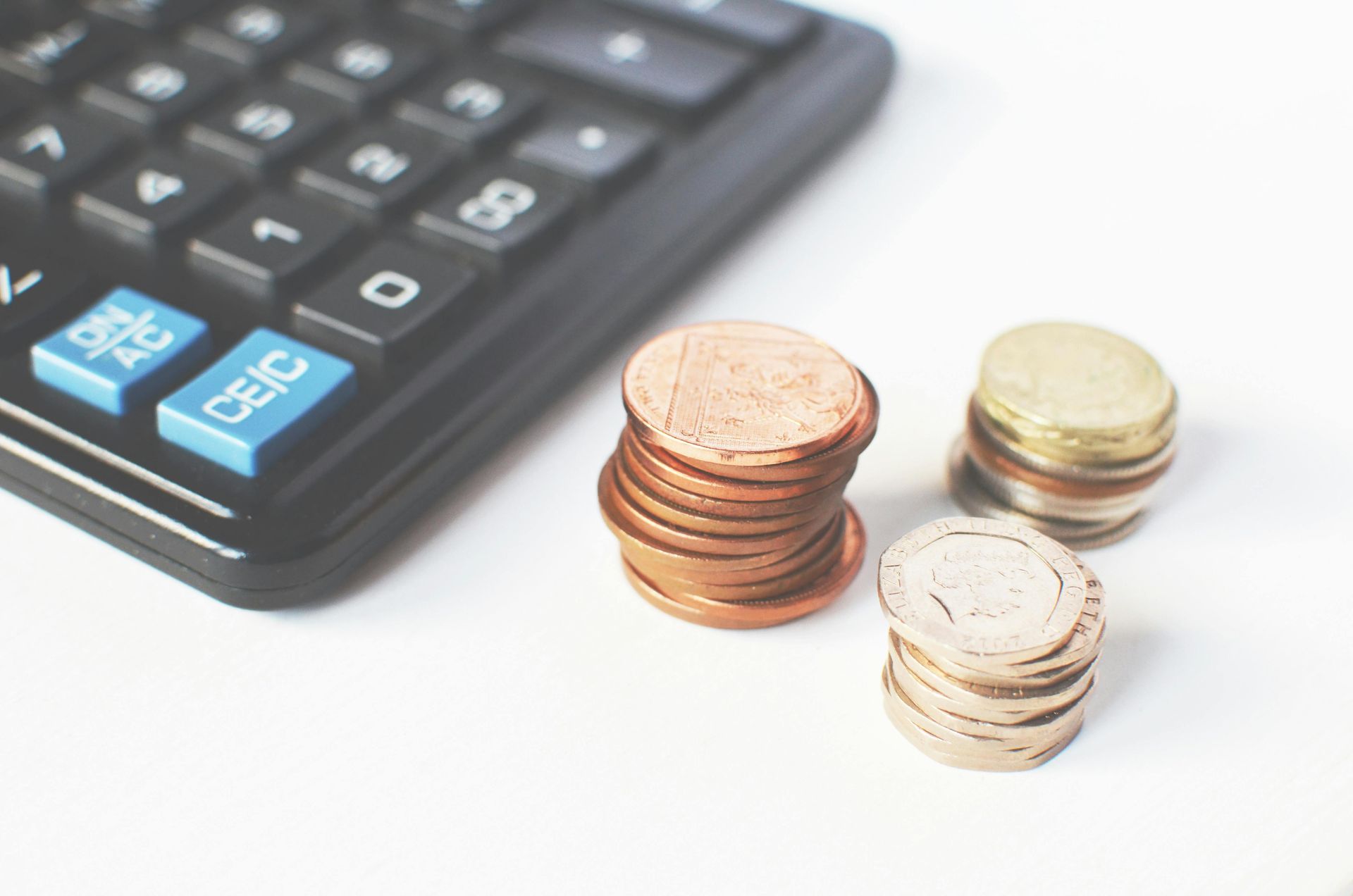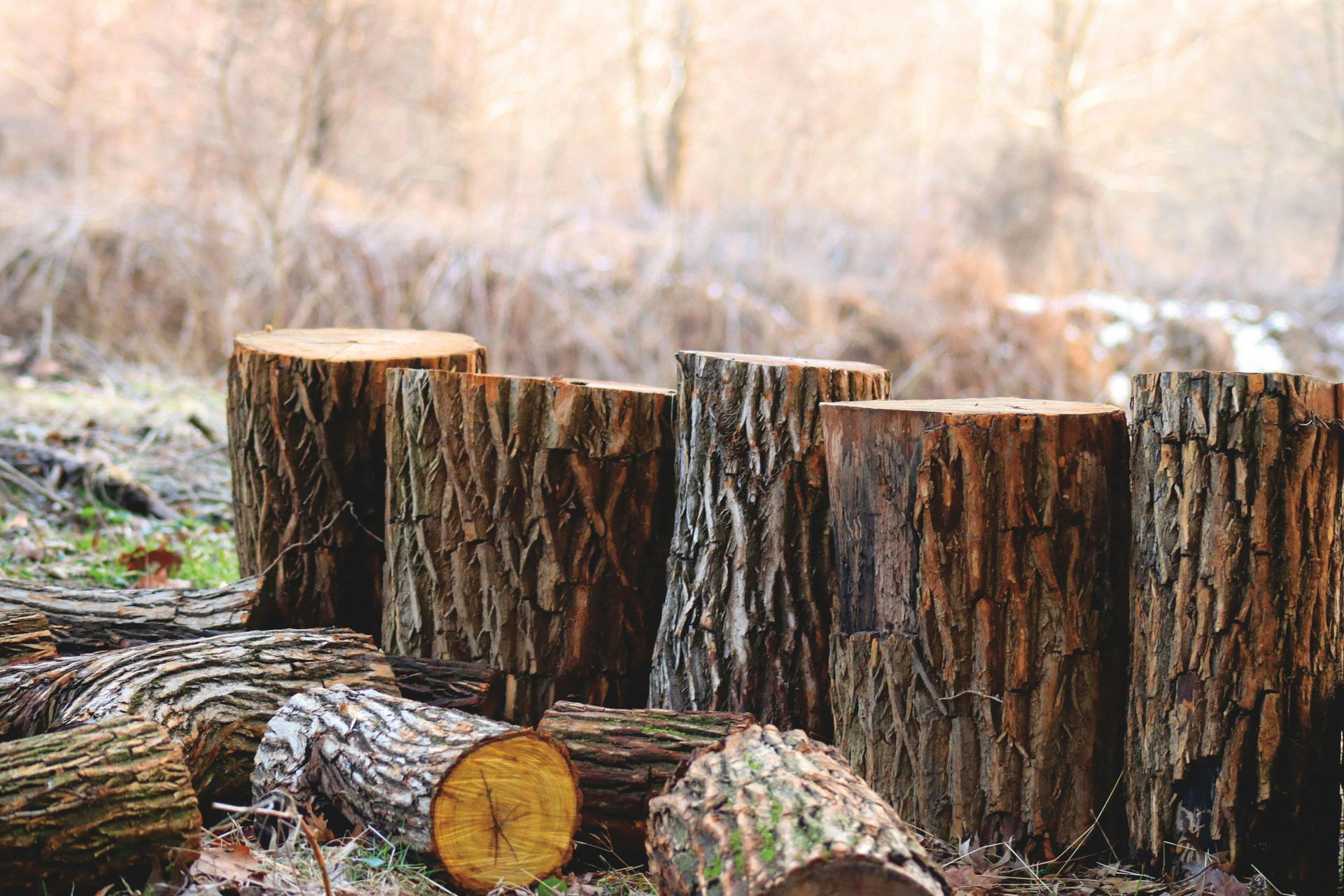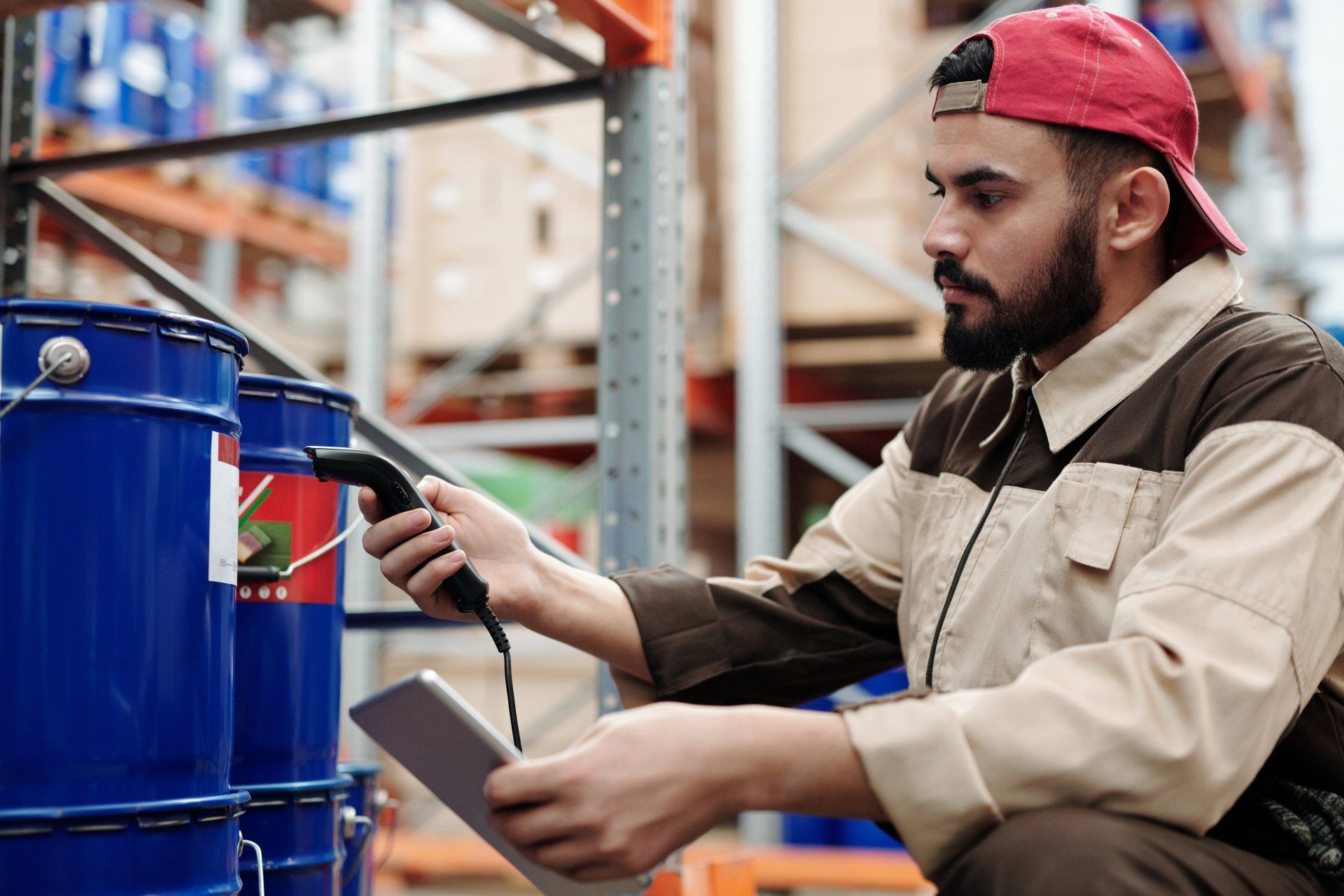Adapting MDUs for a Post-Pandemic World: Designing for Health, Flexibility, and Communit
The COVID-19 pandemic has reshaped our lives in many ways, and housing is no exception. The demand for adaptable, healthy, and community-driven living spaces has intensified, especially in urban areas where multiple dwelling units (MDUs) are becoming the norm. As we look toward a post-pandemic world, MDU construction needs to adapt to meet the changing needs of residents, focusing on health, flexibility, and community.
This blog post will explore how MDU construction can adapt to a post-pandemic landscape, addressing new trends and design considerations that reflect the needs of modern urban living.
Prioritizing Health and Wellness in Building Design
The pandemic highlighted the importance of health and wellness in our living spaces. MDU developers are now focusing on designs that promote physical and mental well-being, with features that ensure residents' health is a top priority.
- Enhanced Ventilation Systems: Good ventilation is crucial for maintaining healthy indoor air quality. Energy Recovery Ventilators (ERVs) and Heat Recovery Ventilators (HRVs) bring fresh air into units while minimizing energy loss. Improved filtration systems and advanced HVAC technologies help eliminate airborne pathogens, ensuring that residents breathe clean air.
- Touchless Technology: Reducing the spread of germs has become a priority in shared living environments. Incorporating touchless technology, such as keyless entry systems, motion-sensor lighting, and automatic doors, minimizes physical contact with shared surfaces, contributing to a healthier living environment.
- Access to Natural Light and Outdoor Spaces: Access to natural light has a positive effect on both mental and physical health. Large windows, balconies, and outdoor terraces are essential features that provide residents with natural light and fresh air, improving their overall well-being. Rooftop gardens and shared courtyards offer safe outdoor spaces for relaxation and recreation.
- Biophilic Design Elements: Biophilic design is gaining popularity as a way to improve residents' connection to nature, even in urban settings. Incorporating natural materials, indoor plants, green walls, and water features helps create a calming environment that enhances mental well-being and reduces stress.
Flexibility in Unit Layouts for Changing Lifestyles
The pandemic has significantly changed how people use their homes. With the rise of remote work, distance learning, and increased time spent indoors, flexibility in MDU unit layouts has become essential.
- Home Office Spaces: The rise of remote work has increased the demand for dedicated home office spaces. Incorporating built-in desks or convertible spaces that can function as offices helps residents maintain productivity without compromising on comfort.
- Adaptable Room Designs: Flexibility in room design is key for accommodating changing needs. Sliding partitions, movable walls, and multifunctional furniture allow residents to reconfigure their living spaces based on their activities—turning a living room into a workspace during the day or a bedroom into a fitness area.
- Shared Workspaces: In addition to in-unit office spaces, shared workspaces within the MDU provide an alternative to working from home. These co-working areas are designed to be conducive to productivity while offering social interaction, helping residents balance work and personal life more effectively.
- Convertible Furniture: Convertible and space-saving furniture, such as murphy beds, fold-out desks, and modular shelving, can help make units more functional and adaptable. These elements allow residents to maximize the use of available space, ensuring that their living environment can adjust to their changing needs.
Enhanced Community Spaces for Safe Social Interaction
The pandemic underscored the importance of community and social interaction for mental well-being. MDUs are evolving to provide spaces that encourage connection while ensuring residents feel safe.
- Outdoor Gathering Spaces: Outdoor gathering spaces such as rooftop gardens, outdoor lounges, and barbecue areas provide opportunities for residents to socialize while maintaining physical distancing. These spaces are essential for fostering a sense of community in a safe, open-air environment.
- Private and Semi-Private Areas: While community interaction is important, privacy is equally valued. Incorporating private and semi-private outdoor areas, such as individual garden plots or small patios, allows residents to enjoy outdoor time while maintaining a sense of personal space.
- Community Rooms with Safety Features: Community rooms and shared lounges are being designed with health and safety in mind. Features such as increased ventilation, spaced-out seating, and easy-to-clean surfaces make these areas more conducive to safe gatherings and activities.
- Virtual Community Events: Incorporating technology that allows residents to participate in virtual community events, such as online classes, trivia nights, and social gatherings, provides additional opportunities for interaction without requiring physical proximity.
Contactless Delivery and Smart Parcel Solutions
The surge in e-commerce and food delivery during the pandemic has highlighted the need for efficient and secure delivery solutions in MDUs. Developers are incorporating features that facilitate safe and contactless deliveries.
- Package Lockers and Parcel Rooms: Smart package lockers and parcel rooms provide a secure location for deliveries, reducing the need for face-to-face interactions between residents and delivery personnel. These lockers can be accessed via unique codes or smartphone apps, ensuring convenience and security.
- Dedicated Delivery Zones: Incorporating dedicated delivery zones near building entrances allows for seamless food and grocery drop-offs. These zones can be equipped with temperature-controlled storage to keep items fresh until residents are ready to pick them up.
- Robotic Delivery Solutions: In some MDUs, robotic delivery systems are being implemented to bring packages and food orders directly to residents' doors. These robots help minimize contact and ensure fast, efficient deliveries within the building.
Smart Home Technology for Convenience and Health
Smart home technology is playing a significant role in creating post-pandemic living environments that prioritize convenience, comfort, and safety.
- Voice-Activated Controls: Voice-activated controls reduce the need to touch shared surfaces, minimizing the spread of germs. Residents can use voice commands to control lighting, temperature, and entertainment systems, providing a more comfortable and convenient living experience.
- Remote Monitoring and Management: Smart home systems that allow residents to remotely monitor and manage their units have become increasingly popular. Residents can control security features, adjust thermostats, and even manage energy usage via smartphone apps, making day-to-day living more convenient.
- Wellness Monitoring: Some MDUs are incorporating wellness monitoring systems that track indoor air quality, humidity levels, and temperature. These systems provide real-time data, allowing residents to maintain a healthier indoor environment.
- Smart Appliances: Smart appliances, such as refrigerators, washing machines, and ovens, provide additional convenience by allowing residents to control and monitor them remotely. Features such as energy usage tracking and automatic maintenance alerts help enhance both sustainability and comfort.
Prioritizing Sustainability for Resilient Urban Living
Sustainability remains a crucial focus in post-pandemic MDU construction. Developers are continuing to prioritize green building practices to create resilient, eco-friendly urban homes.
- Energy Efficiency: Energy-efficient appliances, LED lighting, and smart thermostats help reduce energy consumption and utility costs. High-performance insulation and double-glazed windows also contribute to maintaining comfortable indoor temperatures without excessive energy use.
- Green Building Materials: The use of sustainable building materials, such as reclaimed wood and recycled steel, reduces the environmental impact of construction. Low-VOC paints, adhesives, and finishes improve indoor air quality, creating healthier living spaces for residents.
- Water Conservation: Water-saving fixtures, greywater recycling systems, and rainwater harvesting are important features that help conserve water resources. These systems not only reduce environmental impact but also contribute to long-term cost savings for property managers and residents.
- Solar Energy Integration: Installing solar panels on MDU rooftops can generate renewable energy to power common areas and reduce overall energy consumption. Combined with battery storage, solar energy can enhance energy resilience and sustainability.
Resilient Infrastructure for Future Crises
The pandemic has underscored the importance of resilience in building design and infrastructure. MDUs are being designed to withstand future crises, ensuring that residents are safe and comfortable even in challenging situations.
- Backup Power Systems: Installing backup power systems, such as solar panels paired with battery storage, ensures that critical building functions continue during power outages. This provides peace of mind for residents and enhances the building's resilience.
- Emergency Preparedness: MDUs are incorporating features that improve emergency preparedness, such as designated safe zones, access to emergency supplies, and clear communication systems. These features help residents feel more secure during unexpected events.
- Flexible Common Areas: Common areas are being designed with flexibility in mind, allowing them to be repurposed during emergencies. For example, a community room can be used as a distribution point for essential supplies or as a space for socially distanced gatherings during a crisis.
- Community Resilience Planning: Engaging residents in community resilience planning through workshops and educational programs can help ensure that everyone is prepared for emergencies. Building a culture of resilience empowers residents to support one another during crises, fostering a stronger sense of community.
Designing MDUs for a Post-Pandemic World
The COVID-19 pandemic has reshaped the way we think about housing, emphasizing the need for adaptable, healthy, and community-oriented living spaces. By prioritizing health and wellness, flexibility, community, smart technology, sustainability, and resilience, MDU developers can create urban homes that are well-suited to the challenges of a post-pandemic world.
The future of MDU construction lies in creating spaces that adapt to changing lifestyles, foster community connections, and promote overall well-being. By embracing these design principles, developers can ensure that MDUs meet the evolving needs of residents, providing safe, comfortable, and resilient homes that enhance the quality of urban living.
As we move forward, the lessons learned from the pandemic will continue to influence how we design and build our homes. By putting people at the center of the design process, we can create MDUs that not only meet practical needs but also support the health, happiness, and resilience of urban communities for generations to come.
